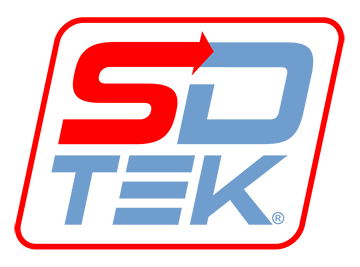Recent Security Breaches: Los Angeles Police Department, Ameritas, National Baseball Hall of Fame and More

As a managed IT service provider it is important to us to make sure to stay in know about the latest cyber security breaches. Every few weeks we like to share our findings with you here on our blog. Please take a peek below to learn more about some of the most recent cyber attacks.
Ameritas
Insurance company operating as a subsidiary of Ameritas Mutual Holding Company
The Hack: Phishing attack
“Ameritas has notified an unknown number of customers that their personal information may have been exposed in a data breach….”
Read More Here >> https://journalstar.com/business/local/lincoln-based-ameritas-discloses-data-breach/article_d0ac4d30-7e26-59ad-8fed-7ffebb2d0835.html
Georgia Department of Public Safety
Government agency overseeing state law enforcement divisions
The Hack: Ransomware
“The attack, which was discovered late last week, is the latest in a string of cyberincidents targeting government agencies of all sizes. State officials say they are working to get systems back to normal.”
Read More Here >> https://www.govtech.com/security/Georgia-Public-Safety-Agency-Hit-with-Ransomware-Attack.html
Los Angeles Police Department
Local police department serving Los Angeles, California
The Hack: Unauthorized database access
“The Los Angeles’ Personnel Department has been subject to a data breach in which the personal details of thousands of current and aspiring police officers has been stolen.”
Read More Here >> https://www.zdnet.com/article/thousands-of-los-angeles-police-caught-up-in-data-breach-personal-records-stolen/
University of York
Public research university based in York, England
The Hack: Unauthorized database access
“Information about thousands of students has been downloaded in a data breach at the University of York.”
Read More Here >> https://www.bbc.com/news/uk-england-york-north-yorkshire-49182179
Sephora in France
Paris-based multinational chain of personal care and beauty stores
The Hack: Unauthorized database access
“Customers reportedly received an email in which the company explained that an unauthorized third party had gotten access to the personal information of “some customers,” reportedly those in Australia, Hong Kong, Indonesia, Malaysia, New Zealand, the Philippines, Singapore and Thailand.”
National Baseball Hall of Fame
American History Museum for Major League Baseball
The Hack: Malicious code script
“The web site for the National Baseball Hall of Fame in Cooperstown, NY was hacked to include a malicious MageCart script that stole the payment information of customers who purchased items on the site.”
Read More Here >> https://www.bleepingcomputer.com/news/security/national-baseball-hall-of-fame-hit-by-payment-card-stealing-attack/
Choice Hotels
Hospitality franchisor based in Rockville, Maryland
The Hack: Ransomware
“700,000 records belonging to Choice Hotels have reportedly been stolen with hackers demanding payment for their return.”
European Central Bank
Central bank for monetary policy within the Eurozone
The Hack: Unauthorized database access
“The European Central Bank (ECB) said on Thursday that unauthorised parties had breached the security measures protecting its Banks’ Integrated Reporting Dictionary (BIRD) website, which is hosted by an external provider. As a result, it was possible that the contact data (but not the passwords) of 481 subscribers to the BIRD newsletter may have been captured. The affected information consists of the email addresses, names and position titles of the subscribers. ”
To learn more about how to keep your company safe and secure, click here to explore the IT services that are offered by SDTEK.


